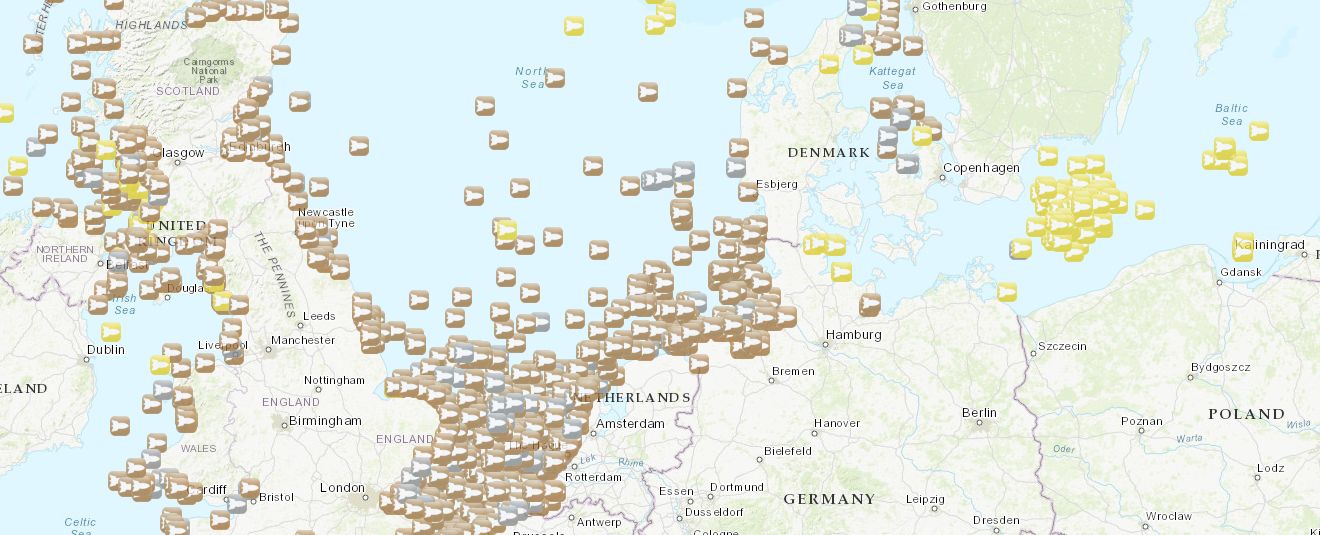Until the 1970s, a very common method to dispose of unneeded munitions was to simply tip them off the side of a ship. This means that everything from grenades to chemical weapons have been languishing in large quantities around Europe’s shorelines, right alongside other types of unexploded ordnance (UXO).
Although clearing and mapping such dump sites are a standard part of e.g. marine infrastructure such as undersea cabling and off-shore wind turbines, no large-scale effort has so far been undertaken to remove them, even as they continue to pose an increasing hazard to people and the environment. Most recently, efforts are underway to truly begin clearing these UXO, as the BBC reports.

Considering the hazards of these UXO, most interactions are performed by swimming and crawling robots, to find the UXO and grip it so that they can be gathered, classified and sorted with like types, for later disposal. Rather than explosively dispose of the UXO, they will instead be disassembled and the elements separately disposed of, including thermal decomposition of the explosive material by GEKA, a company which specializes in such disposal.
For the pilot project being undertaken in the Baltic Sea by SeaTerra and other companies, the goal for the first phase is to collect 50 tons of UXO. This of course is but the merest fraction of the estimated 1.6 million tons of explosives and weapons, and the chemical weapons would have to be treated with even more care in future operations.
For now the goal is to streamline and automate the UXO recovery and disposal process, so that the European seafloor and those around the world may one day be less riddled with UXO and other symptoms of humankind’s follies.
